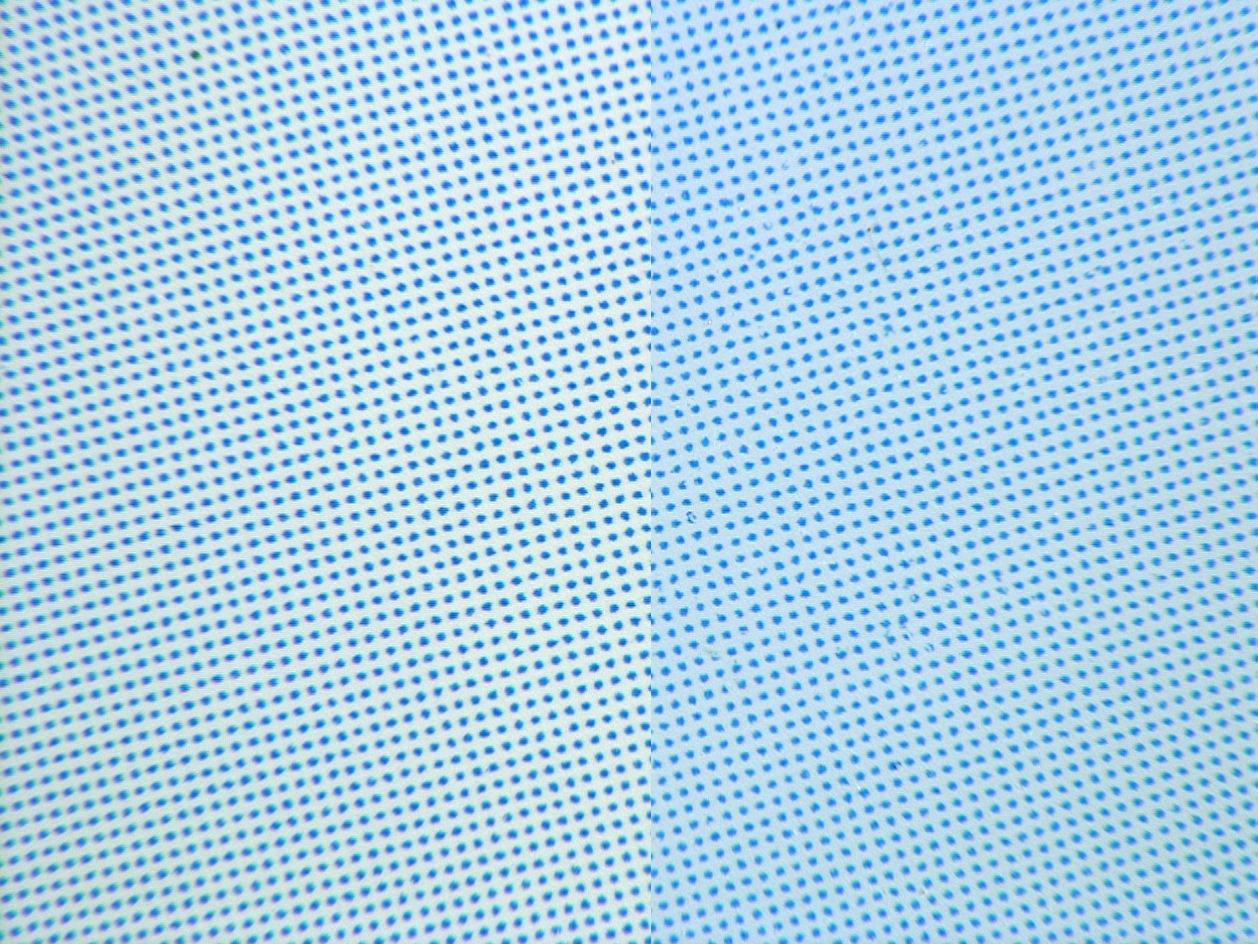Topic of your interest
In the graphics industry it often happens that a transparent layer is applied over a print. There are various reasons for this, e.g. to improve the abrasion resistance or to increase “optical appearance”. The thickness of the transparent layers ranges from a few micrometres to several tenths of a millimetre. The colour appearance is changed by the gloss and lateral light propagation. The desired colour is still achieved today by an iterative process.
To avoid this cost-intensive process, an algorithmic method will be developed. The thickness of the transparent layer, the spectral reflection and absorption behaviour of the involved transparent and opaque surfaces, the lateral light propagation and the refractive index of the transparent layer will be used as measurement parameters for the modelling. These data are to be provided to industry as material-specific characteristic values for colour profiling.
Solution steps
First, components of market-typical samples (coated or foil-laminated print samples, ID cards) are identified and characterised. The following determinations are made for this purpose:
Refractive indices of the various transparent liquid and solid materials
Colour measurements on coated and uncoated samples
Angle dependent gloss
Diffuse reflection and transmission spectra with calculation of the dispersive reflection and absorption coefficients
Lateral light propagation (by using a specially designed measuring device and correspondingly developed measuring method)
Based on the data and knowledge gained, a colour prognosis model is developed based on the 4-channel theory. The colour changes to be expected with transparent coatings and different spot sizes are simulated on the basis of colour measurements of uncoated samples and verified on the real samples.
Achieved results
In this project, transparent coated print samples with different varnishes, laminating films and laminates were produced in different layer thicknesses and characterized colorimetrically. As a result of the transparent coatings, a clear increase in colorfulness and a simultaneous decrease in brightness can be observed in the tonal values of the prints.
A measuring apparatus was developed and implemented to determine the lateral light propagation in the transparent coatings of the prints. In it, a sharp shadow edge is projected in the illumination beam path with the aid of a razor blade.
In the shadow area of this edge, the lateral light propagation can be recorded photographically as a scattering phenomenon and determined by image analysis.
A prediction model was designed on the basis of the experimentally determined edge scattering functions. This allowed the influence of the coating thickness variation on the color change to be simulated. Only in the case of very low layer thicknesses of a few µm (e.g. with painted prints) was this prediction model not confirmed.



